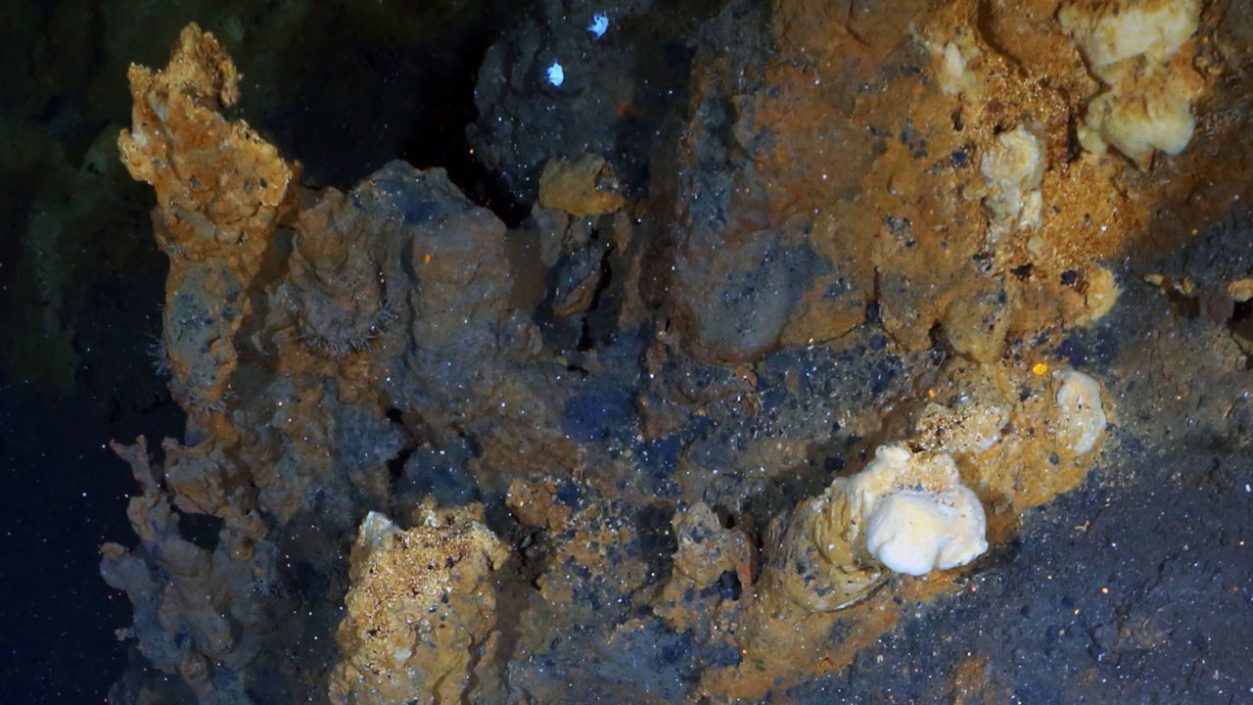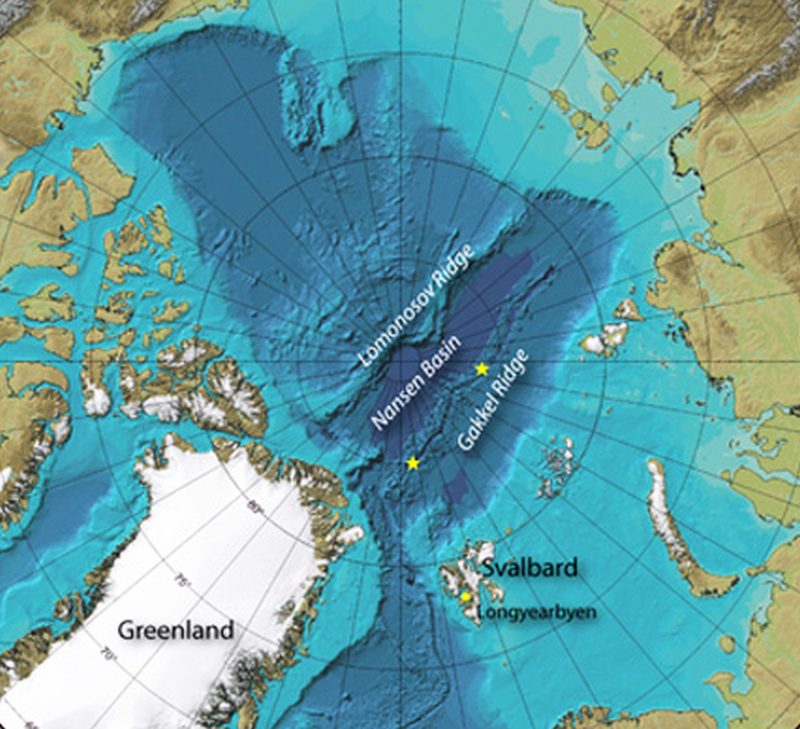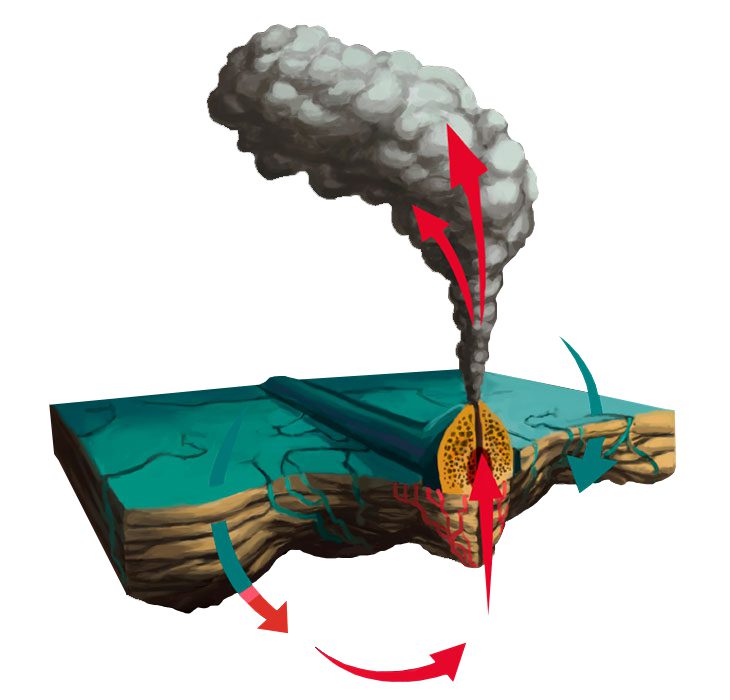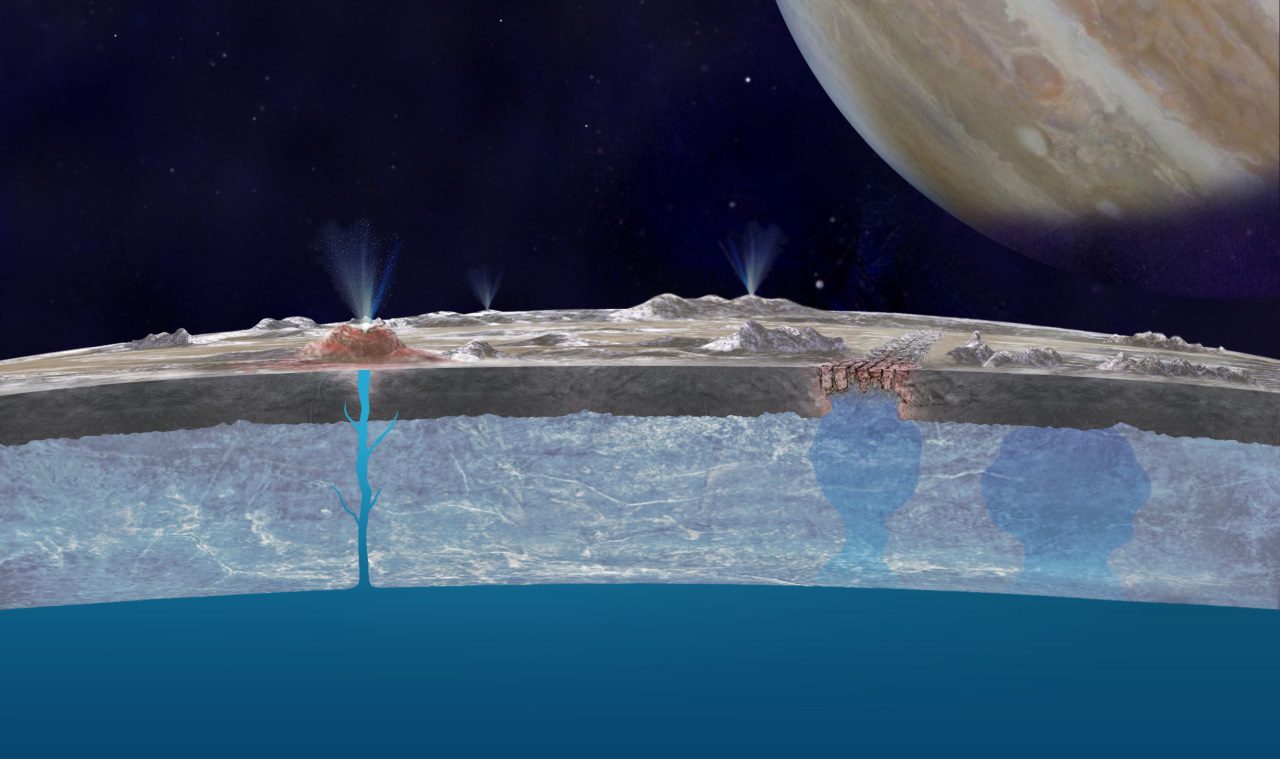It’s been two years since it ended MOSAiC Mission, During which, among other things, active hydrothermal vents in the Arctic region were examined. Since these pods of hot water are found in all ocean basins, it is not really surprising that these pods are also found in the depths of the Arctic Ocean, on the Gakkel Ridge, the slowest oceanic ridge on our planet. However, it is still very difficult to study due to the year-round ice cover. Effects of these trumpets The first in 2001 Found, then 9 locations were identified, one of them Aurora It is located on the side of the so-called undersea volcano one from 2014, then 2019-20. During the MOSAiC expedition, this volcano at a depth of 3,850 meters and its circumference was measured in more detail.
A piece of lava highlighted during a 2014 expedition from Gakkel Ridge.
Source: Wikimedia Commons
“While every discovery of chimneys in the Arctic Ocean is a priority, we thought what we had just discovered was one of the most boring places of its kind,” explained Chris German. Woods Hole Oceanographic Institution (WHOI) Scholar, A Nature Communications First author of a study published in a journal about the site’s discovery in 2014. “When we got home, we thought, OK, it’s cool that we’re discovering somewhere in the Arctic, but if you take the ice cap off, it’s like nowhere else.”
Map of the Arctic sea floor, where we also find the Gakkel Ridge between Greenland and Siberia.
Source: Lehigh University
However, in the 2019 expedition, the area was visited again, as analysis of the available data showed the Aurora Mountain marine environment in a new light. Today, the German and his fellow researchers think they’ve come across something very strange. On the one hand, this site and other similar areas of the Gakkel mountain range help to understand the work of very slowly expanding ocean basins (in this case at a rate of 0.7-1.4 cm per year), and on the other hand, to make a real estimate of the amount of mineral resources (copper and gold) located under They also contribute to the sea surface, and third, they can help in the search for extraterrestrial life as a natural laboratory.
The mechanism of action of hydrothermal vents: In a volcanic environment, water seeps through cracks in the sea floor as temperatures rise in the depths and then flows back to the sea in the form of “smoke” rich in dissolved substances.
Source: Lehigh University / Spencer Sutton / Science Photo Library
For most oceanic elevations, the rate of expansion is much higher than this, for example. The distance between Europe and North America will increase by 2.5 cm per year, there are also areas in the Pacific Ocean that are expanding at the rate of 10-20 cm per year. Until now, it was believed that important mineral deposits could not develop on slow ridges like Gakkel, because the hydrothermal cycle could not survive long enough in this geological environment. However, now they have come to the conclusion that the hydrothermal system has been working very well for a long time, and as a result, areas rich in minerals are created at these sites as well.
There may also be hydrothermal vents in the subsurface ocean of Europa (fictional) or Enceladus, which affect the formation of compounds in the water and may also give an opportunity for the formation of molecules necessary for life.
Source: NASA
From the point of view of the study of organic matter and extraterrestrial life, it is important to study the chemical processes during which organic substances necessary for life are well formed in the hydrothermal zone. This site will provide an excellent preparation opportunity for missions wishing to explore the ocean beneath the icy crust of Jupiter’s moon Europa or Saturn’s moon Enceladus.
In the case of the Aurora hydrothermal field, the site has a special feature. Whereas in the case of hundreds of similar regions already known, hot water passes through basaltic rocks rich in silicon, here supermafic rocks form the basis of the system. The composition of these primitive, low-silicon rocks from the depths of the Earth is similar in many ways to that of meteorites. It is also assumed that solutions of hot water seeping through the supermafic rocks play a role in the formation of the icy oceans of distant celestial bodies. This particular location makes the Aurora hydrothermal field an excellent test site to verify conditions believed to be similar in distant celestial bodies.















































